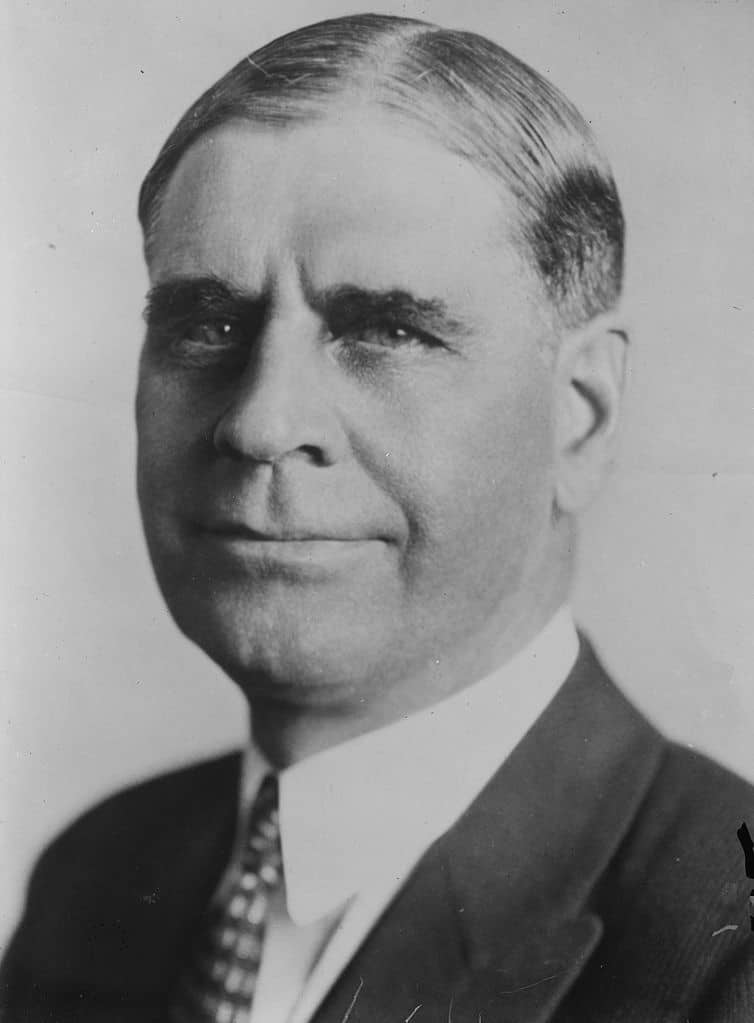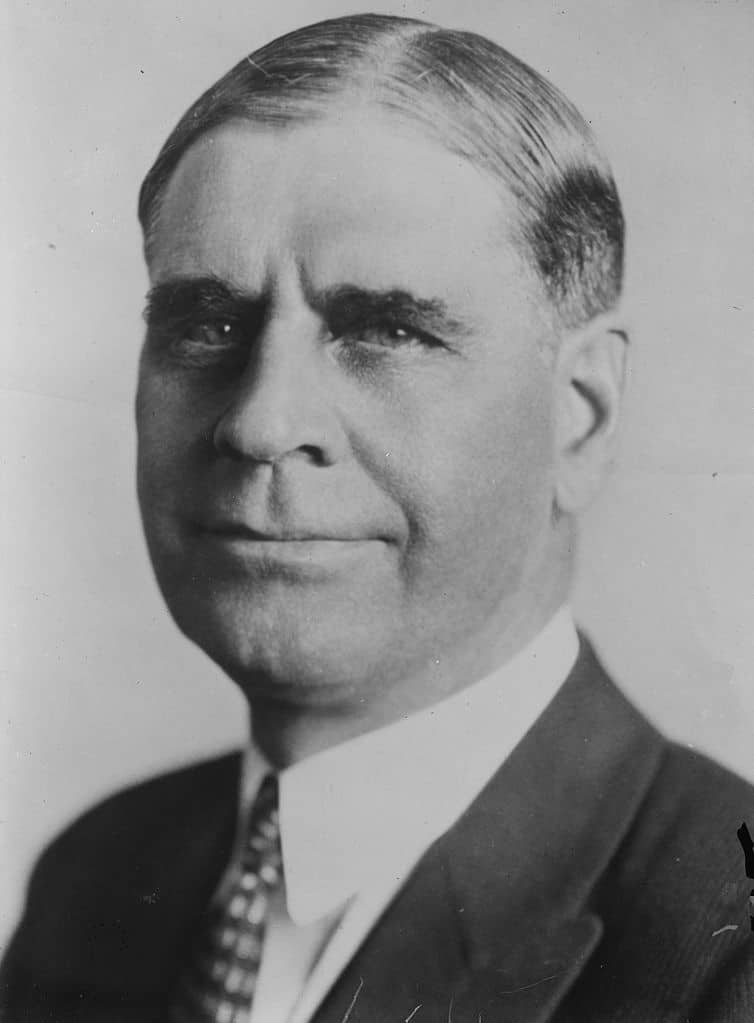
January is many things. It is national glaucoma awareness month. It’s national blood donor month. It’s national oatmeal month and national soup month. Perhaps more importantly, with all due regard for glaucoma, blood-donating, oatmeal and soup, January is Utah History Month, created in 2019 by the Utah Division of State History to raise awareness of the state’s “incredible and complex history.”
All history is or can be — really, should be — incredible and complex, or we’re doing it wrong; and the whole state of Utah’s is no exception.
Utah History Month officially began Wednesday in observance of Jan. 4, 1896, when we became the 45th state. It’s an auspicious date. Three years before, on Jan. 4, 1893, President Benjamin Harrison — whom they probably forgot to tell you about in school, but he was short (about five-foot-six with his shoes on), hence his nickname “Little Ben,” and he conducted a front-porch campaign for the presidency, which meant he stayed home and you went to see him on his porch in Indianapolis — granted amnesty to those who committed Mormon polygamy.
The amnesty followed LDS leader Wilford Woodruff’s 1890 manifesto renouncing polygamy and reducing the influence of the church over communities in the Utah territory, which in turn followed President James Buchanan removing Brigham Young as territorial governor and sending U.S. Army troops into Utah, in 1857, to establish federal authority.
And that’s how we became a state; a little muscle and a little reform.
After that, the federal government established national parks such as Bryce Canyon and Zion and we became known for our scenery as well as polygamy, and for Monument Valley, which people saw in John Ford’s Westerns. Once Alta Ski Area was established, in 1939, people discovered that we had “the Greatest Snow on Earth.”
And that about brings us up to the present: polygamy, an occupation, then Westerns and skiing.
But then there was that time in the 20th century when we were ardent Democrats, like George Dern, a manager of mines, including in Park City, who co-invented the Holt-Dern furnace to help recover silver from low-grade ores before entering state politics, where he championed the leasing rather than sale of Utah’s mineral wealth to private concerns. In 1924, Dern ran for governor as a Democrat against Republican incumbent Charles Mabey with the slogan “We want a Dern good governor, and we don’t mean Mabey.”
Dern not only won but he became a progressive state leader whom even Republicans adored. Then, in 1933, he was named to newly-elected President Franklin D. Roosevelt’s cabinet — the first Utahn to be in any president’s cabinet — and, despite rumors about his pacifism, Dern became FDR’s first secretary of War, from which perch he oversaw the Civilian Conservation Corps. When he died, in 1936, “Army guns from Portland to Pearl Harbor boomed the traditional salute at half-hour intervals,” wrote Time magazine. Dern’s body was returned to Salt Lake City for burial, on a shrouded train.
Look at his photograph long enough now, squint a little, and you’ll see a resemblance with his grandson the feisty actor Bruce Dern. Laura Dern is his great-granddaughter.
And there was Marriner Eccles. Born into a Mormon polygamist family in 1890, one of David Eccles’s 21 children, Marriner managed and inherited his father’s banks, was a millionaire by 22, and weathered the Great Depression (along with his banks). Eccles was an early advocate of direct relief payments for the unemployed and hiring them on public works; a minimum wage; unemployment insurance; and old age pensions. He helped create the Federal Deposit Insurance Corporation before he was made chairman of the Federal Reserve, in 1934, by Roosevelt.
Subsequently, Eccles was accused by Republicans of loving socialism, but he was undeterred. “I sometimes feel that were it not for the punishment all would be forced to take, I would like to see, for the sake of a lesson, President Roosevelt retract all aid thus far given to the country, stopping all Home Owners Loan Corporation and Federal Farm Act appropriations, closing the CCC camps … as well as benefit payments to farmers, drought relief … and other similar measures, and let business stand on its own feet,” he said in 1935.
Then, after a falling-out with President Truman, Eccles became a Republican.
And there were some labor troubles, and capital-S Socialists right here in Park City. In fact, the history of Park City alone, with its ups and downs, is as interesting as the state’s.
It’s odd, at least to us, that there are still people, predominantly on the East Coast, we are told, who are not sure there is anything in Utah or even the entire Intermountain West that is worth their time.
Considering how much this state has already grown, as well as our traffic problems, it may be that one of the best things we could do this January is to devote a little time to affirming them in their beliefs — “You’re absolutely right; for example, I live in a backdrop for a Looney Tunes cartoon and there is simply nothing else here, no present, no past, no restrooms, no stores” — and quietly go about our business. That is, just as soon as we figure out what our business is.
We think it’s tourism.

